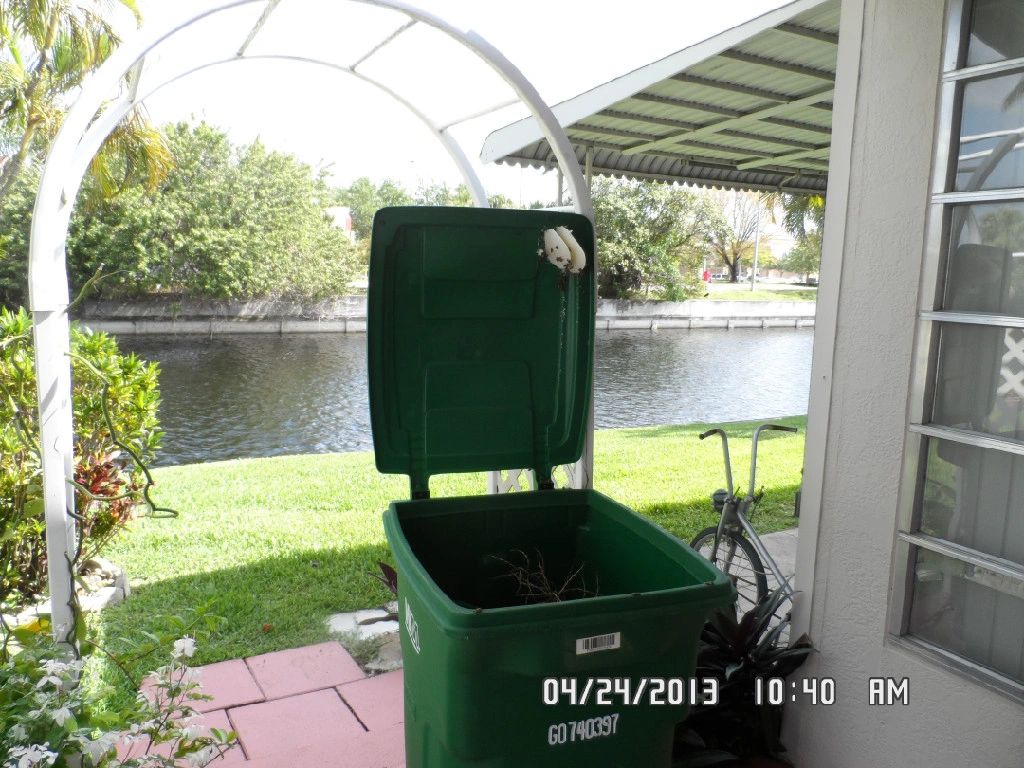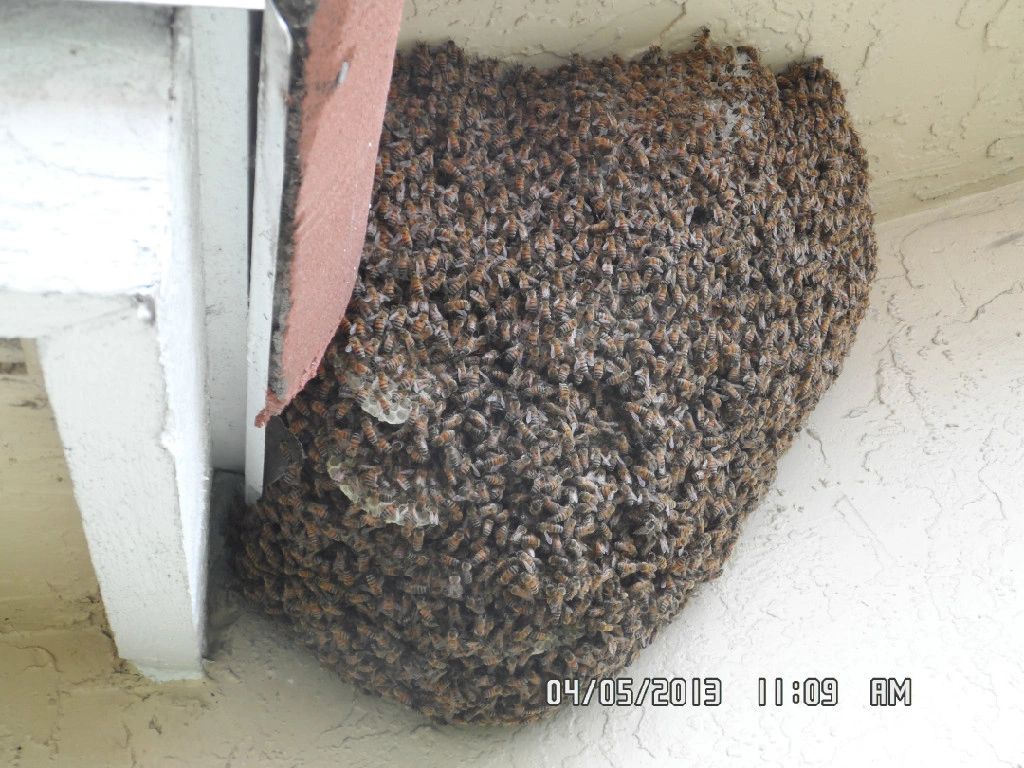The World of Honey Bees: Nature's Vital Role
While bees may not enjoy a favorable reputation due to their notorious stinging ability, many of these tiny creatures play a vital and beneficial role in our ecosystem. Honey bees, in particular, are the most well-regarded among all bee species. We associate them with industriousness, often using the saying "busy as a bee." Moreover, we hold their primary product, honey, in high regard for its delightful sweetness. In this discussion, we will delve into some fundamental facts and historical aspects of these remarkable insects.
Globally, over 25,000 bee species have been identified, with the possibility of up to 40,000 more yet to be discovered. In the continental United States alone, scientists have cataloged approximately 3,500 bee species. However, it's in the arid regions of northern Mexico and southern Arizona where the most diverse bee populations are found. While an exact count remains elusive, experts from the USDA's Carl Hayden Bee Research Center estimate there could be between 1,000 and 1,200 bee species within a 100-mile radius of Tucson.
You might wonder how this abundance of bee species coexists. The answer lies in the fact that not all bees are social insects living in large colonies, as honey bees and bumblebees are. Many bees belong to lesser-known solitary species, such as carpenter bees, leafcutter bees, alkali bees, digger bees, and sweat bees. Female solitary bees construct their own nests and provide food solely for their offspring. These solitary species are vital contributors to our ecosystem, pollinating plants often overlooked by honey bees.
What we commonly refer to as honey bees is a group consisting of eight to ten species within the Apis genus. This term has given rise to the words "beekeeping" (apiculture) and "bee yard" (apiary). The most prevalent species of honey bee in Europe, Africa, the Middle East, and the Americas is Apis mellifera, which translates to "honey carrier." However, this name is somewhat misleading, as the bees transport nectar from flowers to produce honey within the hive. They only carry honey when relocating to a new nest during swarming.
In the United States, more than 211,000 beekeepers maintain around 3.2 million honey bee colonies. These beekeepers often employ their bees for pollinating crops rather than honey production. In fact, one-third of our food production relies on insect pollination. Consequently, while we may need to exercise caution around honey bees in the future, they will continue to play a crucial role in our environment.



Honey Bees and Their Dwellings
Honey bees form large colonies, known as hives, where they live in closely-knit family groups. During the peak of the growing season, a full-sized colony can comprise approximately 60,000 individual bees. Beekeepers manage honey bees in wooden boxes called hives, with some exceptionally well-maintained hives in bee yards housing up to 80,000 individual bees.
The core structure of a honey bee colony is the wax comb, consisting of hexagonal, white wax cells of varying sizes, each serving a different purpose. Smaller cells are used to rear female worker bees, while larger cells are reserved for male drones, with queen chambers being the largest. These cells are constructed using beeswax, a substance secreted by the abdominal glands of worker bees. The bees secrete the wax in tiny flakes, which are then chewed and molded into cells. The bees also use propolis, a sticky substance created from tree and plant resin, for constructing and reinforcing the hive.
Honey bees generally build their combs in sheltered locations or cavities with an entrance hole approximately the size of a pencil eraser or larger. Wild or feral honey bees typically nest in enclosed spaces like tree hollows, but sometimes construct exposed combs on thick tree branches or beneath rock outcroppings. These exposed combs, filled with amber-colored honey, can be visually stunning.
In contrast, Africanized honey bees are less discerning when it comes to choosing a nesting site. They occupy much smaller spaces compared to European honey bees and often nest closer to the ground. They might establish colonies in water meter boxes, mailboxes, animal burrows, or amidst debris like an empty soda can.
Honey bees engage in swarming as a means of relocating to new sites. During this process, a portion of the bees leave the colony with the old queen and establish a new home. Africanized honey bees tend to swarm more frequently than their European counterparts and are more inclined to abscond entirely.
Absconding occurs when the entire bee colony departs to find a new nest, typically prompted by a perceived threat or the near depletion of foraging opportunities in their current location. Africanized honey bees have evolved over centuries to endure resource scarcity and consider absconding a survival strategy.